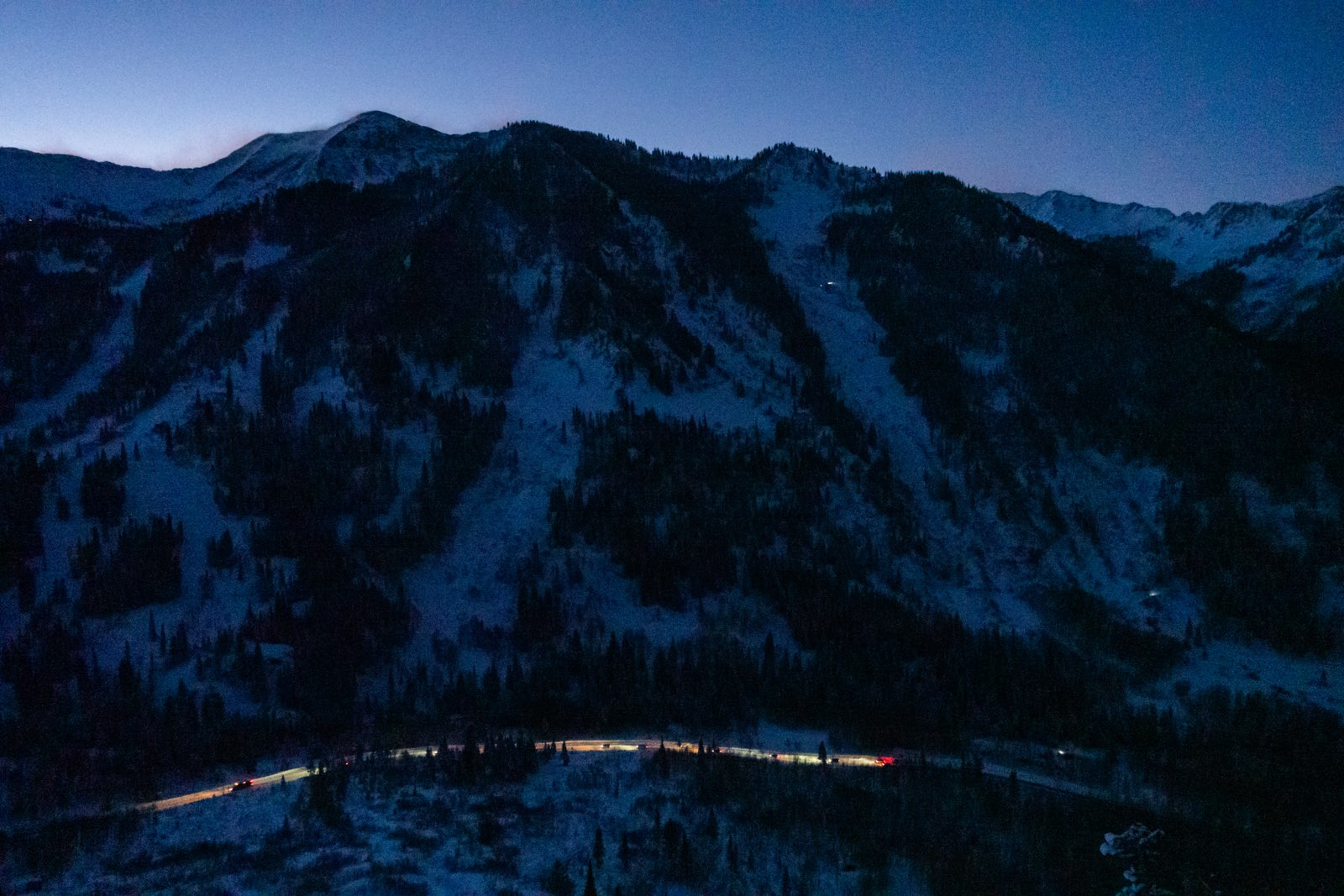UPDATE February 10, 2025:
After a narrow loss on the House Floor on 2/5, this bill was reintroduced by Representative Christine Watkins on 2/6. We are excited to announce that it passed the House on the second attempt, and has moved along to the Senate where it will hopefully be assigned to committee in this week. We urge you to reach out to your Senator to voice support for this bill as it moves through the Senate. Click here to find your Senator and their contact info.
Early during this 2025 Utah General Legislative Session, HB 196 - Vehicle Traction Amendments was introduced by Representative Gay Lynn Bennion. This bill exemplifies a low-impact, cost-efficient solution to improve congestion issues both across the state and in the Tri-Canyon area. While solving the transportation problem isn’t the core of our mission, we believe that solutions like this can add up to address the bigger problems that impact the overall health of the Wasatch Mountains and that changes to existing programs can effectively reduce the congestion issues plaguing our Canyons. Representative Bennion represents House District 41, which includes the Cottonwood Canyons and Cottonwood Heights, areas frequently impacted by congestion caused by drivers without traction devices such as snow chains or snow tires. We support and commend this statewide effort that will have significant local impacts. The first section of this bill simply clarifies language around Traction Law, but the rubber hits the snow where it gives rulemaking authority to the Utah Department of Transportation (UDOT) for traction control issues, and local highway authorities (Like UDP) the ability to implement ordinances concerning when and how the law is implemented, including before a predicted storm. Furthermore, this bill codifies that a person who violates this policy or any associated ordinances may be ticketed up to $750. This proposed policy change is compatible with our vision for a healthier, safer, and congestion-free Wasatch, which also includes a connected transportation plan, along with improved bus services in the valley and Canyons for more equitable access.More on Traction Law
Utah administrative rule R920-6 authorizes UDOT and local law enforcement to require traction devices on all vehicles traveling certain sections of highways during severe winter weather events. When traction law is enforced in the Cottonwood Canyons, travelers are notified by signs at the base of the Canyons, on the UDOT Cottonwood Canyons website and on their Instagram page. In addition to a minimum tire tread depth of 5/32”, the following equipment is required in the Canyons when Traction Law is in effect:
2WD vehicles must have 3-peak mountain snowflake (3PMSF) tires on all four wheels or snow chains/snow socks on at least two wheels.
4WD vehicles must have M+S or M/S all-season tires on all four wheels, though adding snow chains, snow socks, or 3PMSF tires improves safety and reliability.
To streamline the inspection process, drivers who meet these requirements are eligible to participate in the UDOT Cottonwood Canyons Sticker Program, which includes free pre-inspection at a number of participating tire shops. Voluntary participation in this program is intended to streamline the inspection process at in-canyon enforcement points to limit congestion.
Initially implemented in 2018, Traction Law has been difficult for officials to enforce due to lack of resources and authority. This has allowed many drivers to skirt the rules; in frequent and unfortunate cases, these drivers become the head of the infamous Red Snake by causing accidents, slide-offs, and spin-outs. A portion of the Cottonwood Canyons Transportation Investment Fund was allocated for public safety enforcement in 2024 (HB 488), a first step to address the lack of resources, leading to increased enforcement this season. 2025’s HB 196 is the next step in ensuring there is proper authority and accountability to enforce Traction Law and an example of how consistent efforts can solve problems on the ground.
Building on these efforts, we would like to see future changes that support improved transit infrastructure in the valley to connect people to the Canyons via buses, along with enhanced service in the Canyons. Complementary measures that include tolling for automobiles, parking reservation systems, and a visitor capacity study will help ensure that we do not love the Wasatch to death.
We applaud this effort by Representative Bennion as part of a larger effort to promote public safety and reduce congestion in the Wasatch. We see on-the-ground efforts like this as critical to addressing the transportation issues facing our community, curtailing any arguments for off-the-ground development projects.


